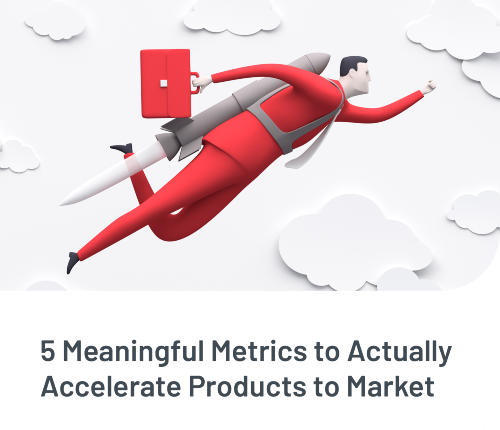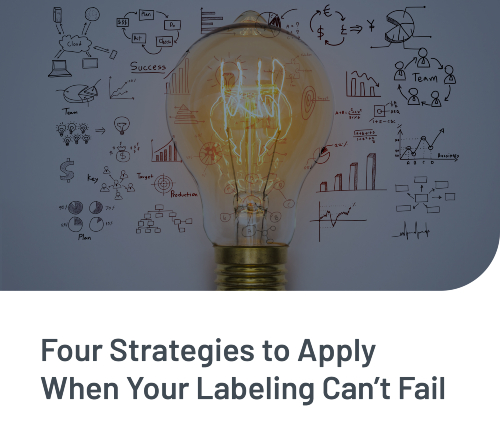Step 1: Project Brief, Specification, and Asset Collection
A journey of a thousand miles begins with a single step, but the journey to create or update packaging design starts with the almighty brief.
Whether starting from scratch or adjusting a present design, it’s critical to plan for success. An orderly flow must be followed, including determining the scope, specifications, and timeline of the project in advance.
Common Challenges at this Step:
- Determining the optimal project workflow
- Inefficient processes that lead to slower speed-to-market and lost revenue
- Getting all stakeholders on the same page
- Finding existing assets to re-use or update rather than starting from scratch
How Esko Can Help:
- WebCenter offers a central source for setting up your project’s workflow, connecting all stakeholders, and providing a bird’s-eye view of the entire process
- MediaBeacon DAM provides the ability to upload and retrieve your packaging and artwork assets. Reuse and re-purpose your prior assets rather than starting from scratch


